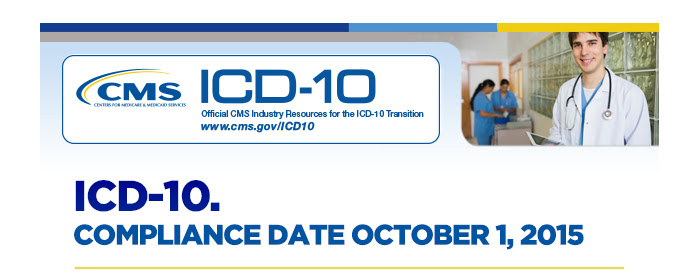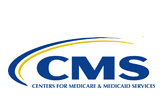 | ||||||||||
News Updates|August 7, 2015
| ||||||||||
CMS ICD-10 Coding Resources
List of Valid ICD-10-CM Codes
CMS has posted a complete list of the 2016 ICD-10-CM valid codes and code titles in the2016 Code Descriptions in Tabular Order ZIP file on the2016 ICD-10-CM and GEMs web page. See the file named “icd10cm_codes_2016.txt” in the ZIP file for the list.
This file will be useful for physician offices and other providers who want to check to make sure that they are reporting all characters in a valid ICD-10-CM code. The codes are listed in tabular order (the order found in the ICD-10-CM code book). This list should assist providers who are unsure if additional characters are needed, such as the addition of a 7th character in order to arrive at a valid code.
A similar list of the 2016 ICD-10-PCS valid codes and code titles is available in the2016 PCS Long and Abbreviated Titles ZIP file on the 2016 ICD-10 PCS and GEMs web page. See the file named “icd10pcs_codes_2016.txt” in the ZIP file for the list.
Use of Unspecified Codes in ICD-10-CM
CMS has a number of resources that explain unspecified codes and how they should be used in ICD-10-CM:
Keep Up to Date on ICD-10
Visit the CMSICD-10 website and Roadto10.org for the latest news and resources to help you prepare. Sign up forCMS ICD-10 Industry Email Updates and follow us on Twitter. | ||||||||||
 | ||||||||||
 |
|  | ||||||||
Disclaimer: This guidance is to be used for an easy reference; the
ICD-9-CM and ICD-10-CM code books and the Official Guidelines for Coding and
Reporting are the authoritative references for accurate and complete coding. This blog may contain references or links to statutes,
regulations, or other policy materials. It is not intended to take the place of
either the written law or regulations. The information presented herein is for general
informational purposes only and is accurate as of the date of publication.
| ||||||||||
Chapter 1: Certain Infectious and Parasitic diseases (A00-B99) Human Immunodeficiency virus (HIV) Infections B20 Human immunodeficiency virus (HIV) disease (symptomatic) R75 Inconclusive laboratory evidence of human immunodeficiency virus (HIV) Z20.6 Contact with and exposure to human immunodeficiency virus (HIV) Z11.4 Encounter for screening for human immunodeficiency virus (HIV) Z71.7 human immunodeficiency virus [HIV] counseling Z21 Asymptomatic human immunodeficiency virus (HIV) infection status “Confirmation” does NOT require documentation for positive serology or culture for HIV; the provider’s diagnostic statement that the patient is HIV positive, or has an HIV-related illness is sufficient. Once a patient is diagnosed with B20, they should never be assigned R75 or Z21. Sequencing of HIV Codes B20 should be sequenced as the first-listed diagnosis when patient is treated for an HIV related condition. Any non-related conditions get sequenced followi...


Comments
Post a Comment